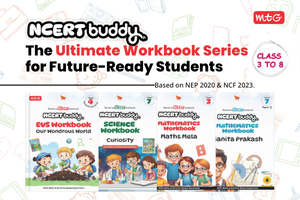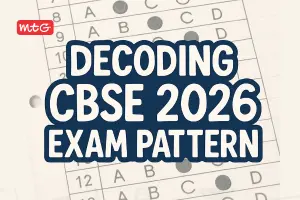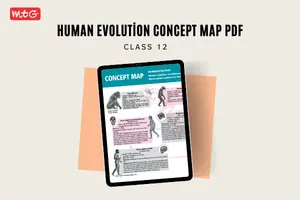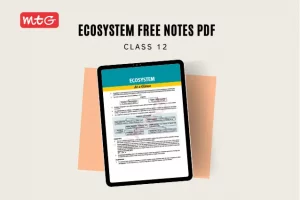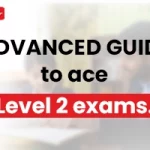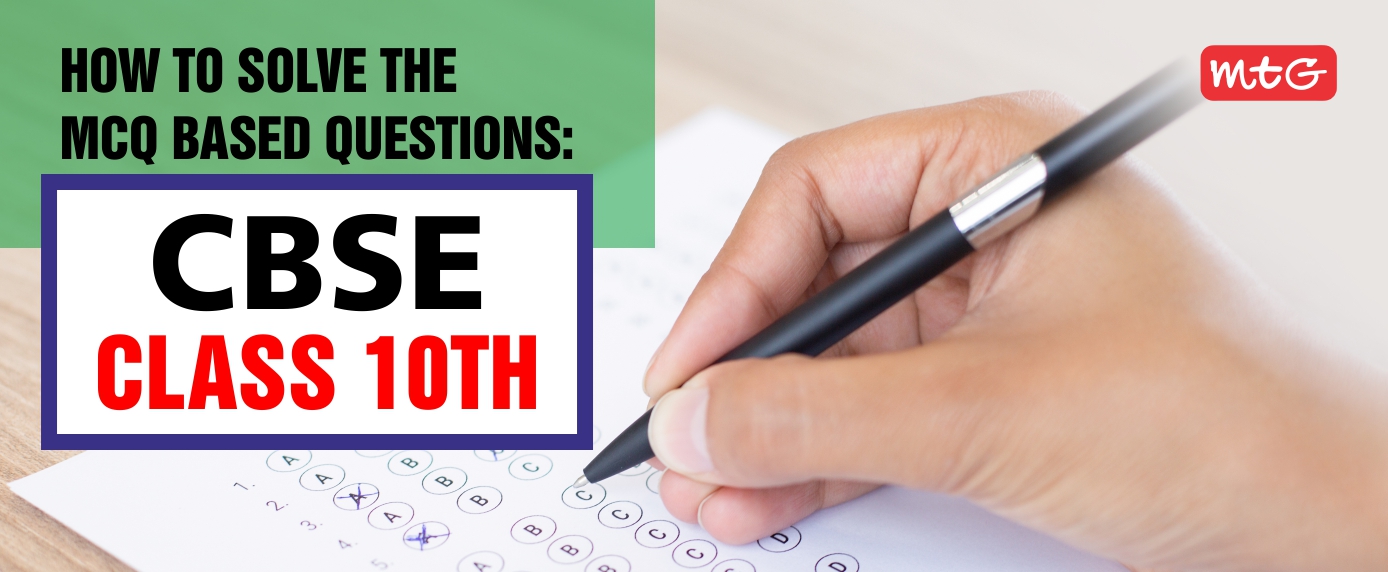
Central Board of Secondary Education is all set with new assessment policies and exam structure for the CBSE board exams. Now, it’s time for you to be ready with your CBSE Class 10th preparation. However, it’s very difficult to decipher it without any examples or insights into how the “MCQs” or “Reason and Assertion” might look in the actual class 10th Board exams. Thus, we are here to help you know how to solve the MCQ-based questions.
Practice Questions from CBSE Class 10 sample papers
Question Pattern for CBSE Exam
The question paper will consist of three types of Multiple-Choice Questions:
- Stand-alone MCQs
- Case-based/ Source-based/passage-based MCQs
- Assertion Reasoning-based MCQs
Most of the students are completely unaware of such kinds of questions, as these types of questions usually appear in Olympiads & other Competitive exams. To give you familiarity with the exam pattern, let us learn each type of question set one by one, along with the technique to solve them.
1. Multiple-choice Questions
MCQs are the set of objective questions comprising of 4 options from which you need to select the correct answer. In CBSE Class 10 Board Exam, single option correct questions have been included. These types of questions require practice & focussed learning through textbooks, as no partial marking; either full marks or no marks.
Let’s take an example of an MCQ
Q.The chemical reaction between copper and oxygen can be categorized as:
- Displacement reaction
- Decomposition reaction
- Combination reaction
- Double displacement reaction
Ans – C. Combination reaction.
Now it is essential to learn how to select the correct option from the given alternatives.
To crack down on such questions, Elimination Method is the best hack ever. This method helps you reduce the number of options by eliminating the ones that seem to be entirely out of chance.
In the above question, Option B and D can be eliminated at one go as in Decomposition reaction (Option B) a single reactant breaks into two or more products, here is the question we have 2 reactants. Wherein in Double displacement reaction, 2 compounds react to form two products.
Now we have been left with only 2 options, A and C. Considering Option A, it will not be the answer because, in displacement reaction, atoms displaced each other to form the product. Hence, Option C is the answer: a reaction between copper and oxygen produces copper oxide, i.e.,
4Cu + O2 ⟶ 2Cu2O (Combination reaction)
It’s easy to crack MCQ-based questions with a strong conceptual understanding and elimination method. To practice more of the multiple-choice questions, you must check MTG’s CBSE Books For class 10Board Exams. This series is available in the subject of Science, Mathematics, English, and Social Science. The best recommended CBSE reference books for class 10 to practice MCQs and concepts are 100 PERCENT, CBSE Chapterwise Topicwise 10 Years Solved Papers, and Objective NCERT At Your Fingertips.
Must read: 9 Hacks to Make Smart Guess in Multiple Choice Questions
2. Case-Based MCQs
These are application-based questions and are directly related to the core concepts of chapter readiness. In such type, a passage is provided, followed by few questions that are based on the passage itself. Case studies/ case-based MCQs help Score more marks in the exams.
For e.g. A student was performing an activity to prove the requirements for photosynthesis. He kept two identical healthy potted plants, A and B, in the dark for 72 hours during this activity. After 72 hours, he covered plants A and B with bell-shaped jars separately. While covering the plants with separate bell jars, he kept KOH in the watch glass by the side of the plant in setup A and not in setup B. Both these setups were made airtight and were kept in light for 6 hours. Then, Iodine Test was performed with one leaf from each of the two plants A and B.
Q.This experimental setup is used to prove the essentiality of which of the following requirements of photosynthesis?
- Chlorophyll
- Oxygen
- Carbon dioxide
- Sunlight
Q.The function of KOH is to absorb
- Oxygen
- Carbon dioxide
- Moisture
- Sunlight
To solve case-based questions, follow the below steps:
- Read the passage thoroughly.
- Find what is asked in the question.
- If not getting the right clue for solving the question, re-read the passage again and underline that part.
- Once the question is clear, deduce the correct answer.
The majority of the case-based exam questions will likely be simple ones. If you are familiar with the concepts/ formulas, you will have no problem solving these problems. For easy understanding and practice of such questions, it is advised to read through MTG’s 100 PERCENT. This book has plethora of questions that you gain conceptual and question solving clarity through.
Latest: Study Tips to Prepare for CBSE Board Exams Class 10
3. Assertion Reasoning-based MCQ
Assertion-Reasoning Questions are asked in examination to evaluate the concept clarity. There are two statements in these questions; the first is an Assertion, and 2nd is the Reason.
The assertion is a factual statement, and the Reason is a statement that may or may not be the explanation of the assertion. Now you have to check whether the two provided statements are correct or not; if they are correct, then does the 2nd statement (Reason) support the first one (assertion) or not. Based on this evaluation, you have to mark your answer.
Example: – Assertion: Fresh milk in which baking soda is added takes longer to set as curd.
Reason: Baking soda decreases the pH value of fresh milk to below 6
- Both A and R are true, and R is the correct explanation of A
- Both A and R are true, and R is not the correct explanation of A
- A is true, but R is false
- A is false, but R is true
To note here that sometimes one of the options can be ‘Both A & R are false’ too.
The correct answer is C; A is true, but R is false.
Statement A is true: The fact behind this is that the milk is slightly alkaline, and acid produced to set it into curd will be neutralized by baking soda.
The Reason is false as baking soda is basic, and it increases the pH of the milk.
How do we reach this answer?
It is advised to solve such types of questions since you must understand the concepts clearly and have read the chapter carefully. While reading, always marks ‘because ‘, ‘therefore’ & ‘since‘ – in the chapter. Read the statement before ‘because’, take it as assertion & the statement after because as its Reason.
Do remember these kinds of questions can’t be crammed over; they only need a deeper understanding of the facts laying behind them. To achieve a concrete understanding of concepts must read NCERT at Your Fingertips.
By now, you must have done appropriate practice of chapter-wise questions. We advise you to give yourself hands-on practice by solving some from CBSE sample paper class 10 books, and Board CBSE previous year question papers, based strictly on the CBSE exam pattern. Here MTG can help you with Learning, Understanding, Preparation, and Practice with the best CBSE Books.
Happy Learning!




